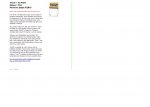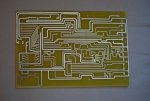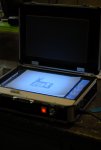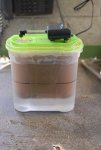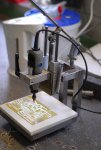@SAborn
Your point is well taken. I guess the extra work satisfies the crafting instinct. I do however, find that solder mask makes soldering surface mount parts much easier and I also conserve on solder wick. There is some debate concerning tin whiskers on dense circuits, but I use it anyway (MG Chemicals Liquid Tin) because my circuits are not dense.
Baxter
Your point is well taken. I guess the extra work satisfies the crafting instinct. I do however, find that solder mask makes soldering surface mount parts much easier and I also conserve on solder wick. There is some debate concerning tin whiskers on dense circuits, but I use it anyway (MG Chemicals Liquid Tin) because my circuits are not dense.
Baxter

